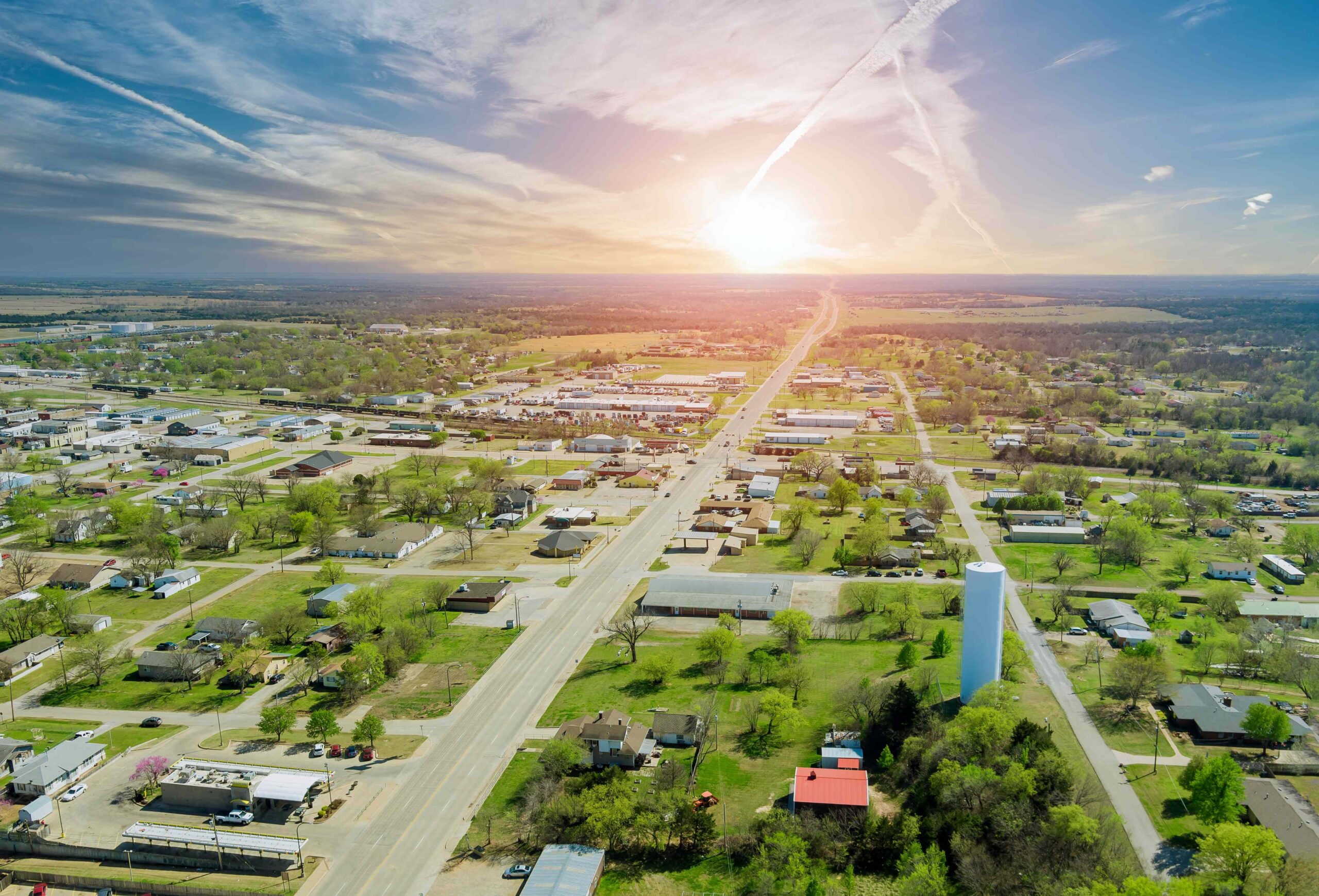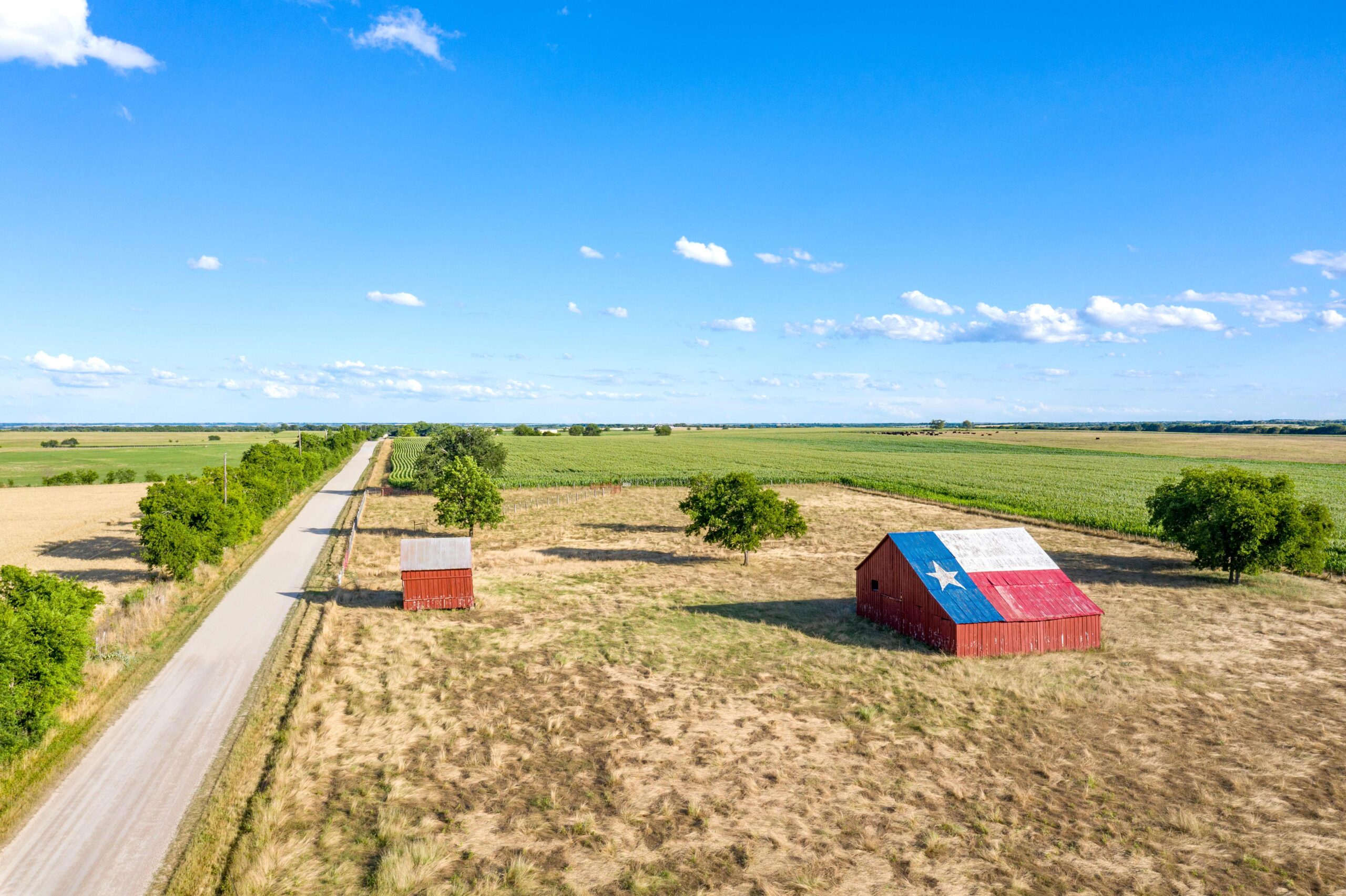Where Stillness Holds a Story
Waelder, Texas—set deep within Gonzales County—sits where the rhythms of rural life meet the echoes of the Texas German Belt. To the unfamiliar eye, it might resemble any quiet town strung along U.S. Highway 90. But that’s part of it. Beneath the stillness, layers of historical motion reveal themselves. During early weekdays, as traffic thins and the air settles, the town seems paused in time. It seemed stable — until it wasn’t. Growth here didn’t erupt; it threaded through rails, relocation, and a community bent on adapting.
Founding and Rail-Tied Origins
The early 1880s mark the practical beginning. That’s when the Galveston, Harrisburg and San Antonio Railway extended service into Gonzales County. Then came the shift. Waelder was officially established in 1881, soon absorbing nearby Hopkinsville—a move not without friction, but essential to align with the rail line. Named after Jacob Waelder, a German-American attorney and legislator, the town became a local hub for trade and transport. By 1900, rail activity shaped daily patterns: livestock shipments, mailbags at dawn, station bells. Or maybe not. Depends who you ask. But the rails were central, threading Waelder into broader state commerce.
Cultural and Regional Identity
Waelder isn’t just about coordinates on a map—it’s part of the Texas German Belt. This heritage influenced local traditions, architecture, even how meetings were run at town halls. Unlike urban centers, shifts in Waelder unfolded incrementally. Children walked the same school paths as their grandparents. Civic values passed over fences and porches. The town’s demography fluctuated slightly with the decades, but cultural cohesion stayed firm. Not exponential—but steady.
Challenges and Transitions
No Texas town moved through the 20th century untouched. Agricultural mechanization changed local employment. Some shops closed; others adapted. During the 1950s, migration trends altered the town’s makeup. Waelder saw periods of stillness, followed by moments of brief momentum. And again, stillness. Water infrastructure saw improvement in the 1980s. City archives expanded in the 1990s. A library project launched—quietly, but clearly.
Today’s Legacy and Civic Memory
Waelder today carries its past with subtlety. You see it in the preserved downtown facades, in plaques marking the original post office, in early evening silhouettes along residential blocks. Local schools reference Jacob Waelder in civics lessons; council meetings still open with community acknowledgments. This isn’t nostalgia. It’s continuity. The kind that lingers when towns don’t forget how they began. And it’s written not just in archives, but in daily repetition. School bells. Porch lights. And the sound of trains that still pass, if you listen close after 6 PM.

